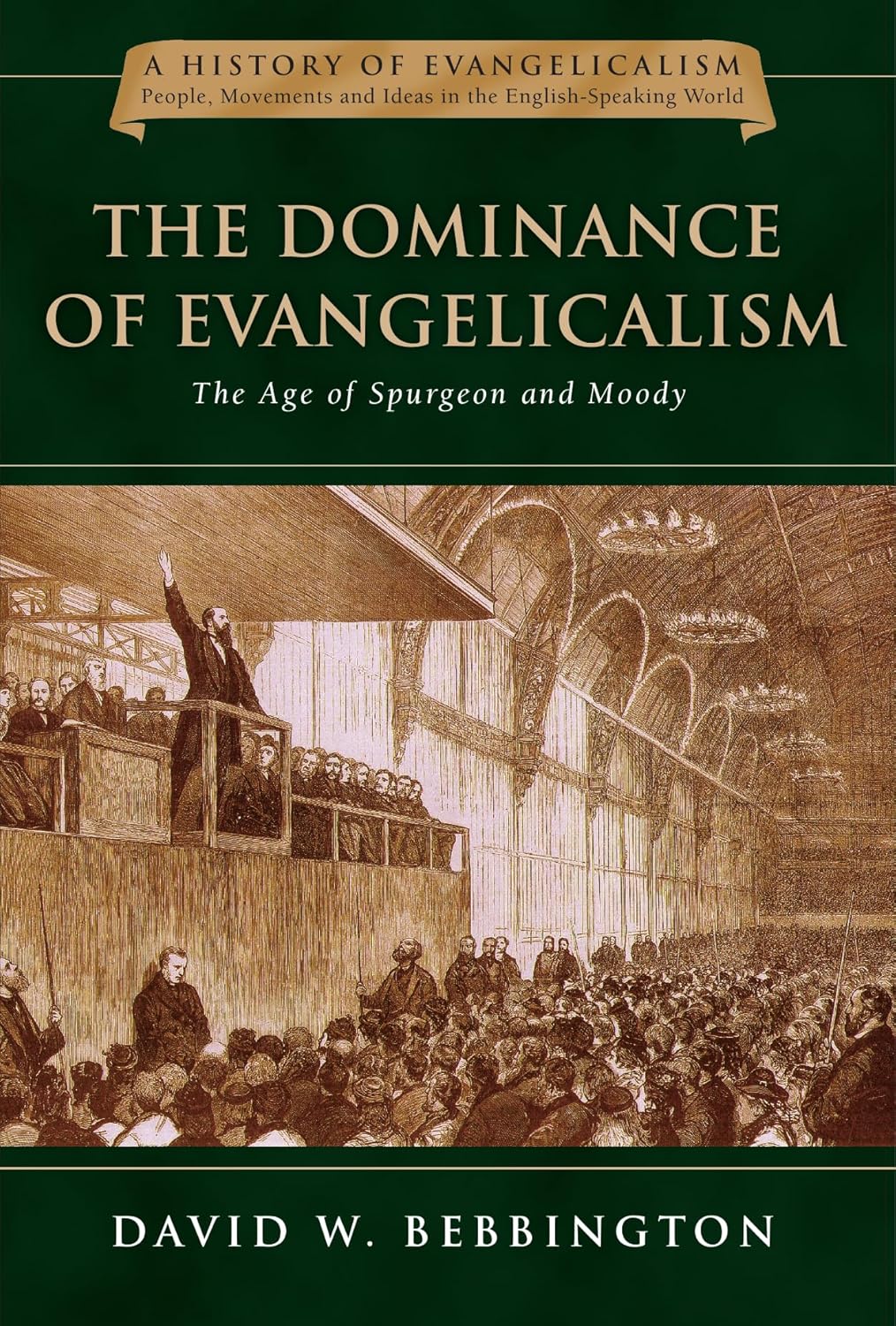A “Bonus” Brief Book Summary from Books At a Glance
Overview and Thesis
Bebbington, expanding his influential History of Evangelicalism series, profiles the mid- to late-19th-century era—spanning roughly 1850 to 1900—as a period when evangelicalism became a dominant religious and cultural force across the English-speaking world: including Britain, the US, Canada, Australia, South Africa, and New Zealand. His thesis posits that evangelicals were the cutting edge of Protestant expansion and influence during this time. He offers a nuanced exploration of why and how evangelicalism surged in influence between 1850 and 1900.
Chapter Summaries
- The Evangelicals of the World
Bebbington defines evangelicalism using his signature quadrilateral: biblicism, crucicentrism, conversionism, and activism, and he spotlights Charles Spurgeon and Dwight L. Moody as emblematic figures of the movement’s global resonance. - Varieties of Evangelicalism
This chapter explores the rich diversity within evangelicalism—denominational, geographical, and social—while highlighting connective bonds formed through shared core beliefs and growing social respectability. - The Practice of Faith
Focuses on evangelical spirituality, worship styles, outreach efforts (especially among youth), revivalism, and overseas missions. . . .
The remainder of this article is premium content. Become a member to continue reading.
Already have an account? Sign In
Buy the books

THE DOMINANCE OF EVANGELICALISM: THE AGE OF SPURGEON AND MOODY, by David W. Bebbington